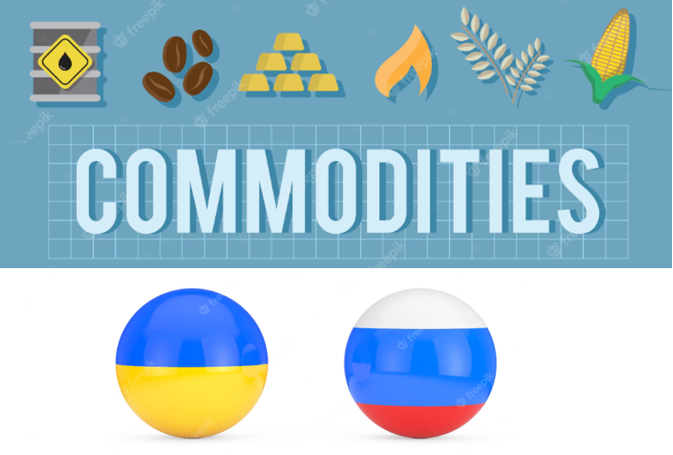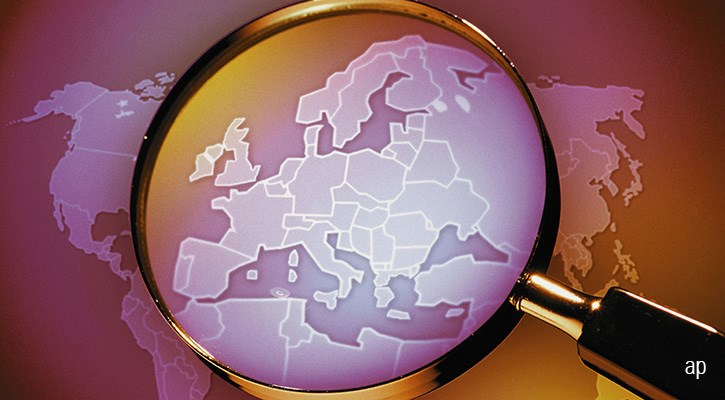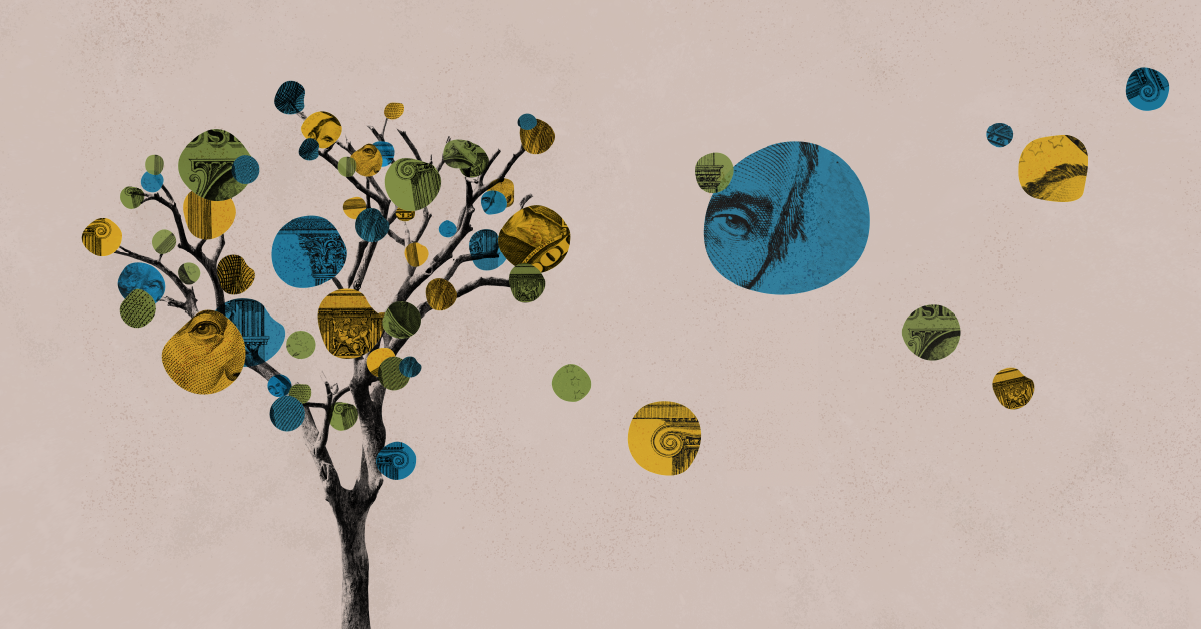
How have raw materials performed after a year of war in Ukraine? The military conflict is only one of the factors that have affected and will continue to affect the price of raw materials. Interest rate rises, the possibility of a recession, the strength or weakness of the dollar or the reopening of China are elements that indisputably have an impact on the prices of practically all raw materials.
We are going to examine the price movements of the main raw materials since the start of the conflict at the end of February 2022.
As the chart below shows, commodities have fallen (chart returns are measured in US dollars) over the past 12 months, which is more pronounced for energy commodities and industrial metals.
Precious Metals
The biggest driver of precious metals and gold prices in particular has been the tightening of monetary policies by central banks, and by the Federal Reserve in particular, which raised Treasury yields. But in recent months the moderation in inflation rates has reinforced the market consensus that the pace of the Federal Reserve's rate hikes could slow, boosting investor confidence in gold, which has been on the rise since November.
This backdrop has also affected silver, but as this metal is also used in industry it has been affected by the lockdowns in China and fears of a global recession. But the definitive lifting of restrictions in China and the possibility of a soft landing for the US economy could further boost the recovery of silver.
Industrial Metals
The tightening of monetary policy in the United States and Europe has not been positive for industrial commodities. (Rising interest rates push up the dollar, making commodities more expensive.) But since November, however, market sentiment has begun to change. Now investors expect a decline in inflation rates and a moderation in interest rate rises, at least in the United States. This pivot has also supported the prices of industrial metals. These are also correlated with manufacturing activity in China, which is the world's largest consumer of copper. The reopening of the country may mean a tailwind for these raw materials.
Energy Prices
US natural gas prices are now well below levels recorded just before the Ukraine war. But why? The answer lies largely in the weather. Both the United States and Europe have had unusually warm winters. Although sharp drops in temperatures have occurred in some regions, they have been shortlived. Natural gas is mainly used for heating and also for energy production (electricity). (My colleague Valerio Baselli has looked in detail at the dynamics of the European energy complex.)
On the other hand, Europe has made a conscious effort to fill its natural gas storage capacity ahead of winter and reduce its energy demand, with a target agreed by the European Union (EU) of reducing gas demand by 15 % between August 2022 and March 2023. As a result, Europe does not need as much US natural gas imports to replace Russian supplies as many feared in 2022.
There is another factor that is affecting American natural gas prices: the largest liquefied natural gas (LNG) terminal in the United States (Freeport), responsible for about 20% of the country's natural gas exports, has been out of service since June 2022 due to a fire and its reopening has been constantly delayed.
Agricultural Commodities
Russia and Ukraine are key exporters of agricultural raw materials. In 2021, the Russian Federation or Ukraine were among the world's top three exporters of wheat, barley, maize, rapeseed and rapeseed oil, sunflower seeds, and sunflower oil. Both countries are the main suppliers of food and fertiliser to world markets. These high concentrations could increase the vulnerability of these markets to shocks and volatility.
The war in Ukraine has aggravated existing tensions in the market for agricultural raw materials. Since the end of 2021, the prices of raw materials such as cereals and vegetable oils have reached all-time highs. Now, the invasion of the Russian forces in the Ukraine has sent prices even higher. This has particularly affected import-dependent countries in the Middle East and North Africa region and sub-Saharan Africa, which are highly dependent on Russian and Ukrainian wheat.
The disruption of exports from the Black Sea region and high prices are further destabilising food security in the Middle East and North Africa, which is heavily dependent on Russian and Ukrainian wheat. However, world wheat demand is expected to be covered in the current season, as countries like Australia, Brazil and the United States will increase their exports to cover the gap left by Russia and Ukraine.
The risk is that if the war keeps crude prices high and continues to limit exports from both countries beyond the 2022/23 season, a sizeable supply gap would remain in world grain markets, even as other exporting countries increase their production in response to higher production prices.
Prices have eased thanks to the grain agreement reached between Russia and Ukraine in August.







.jpg)













